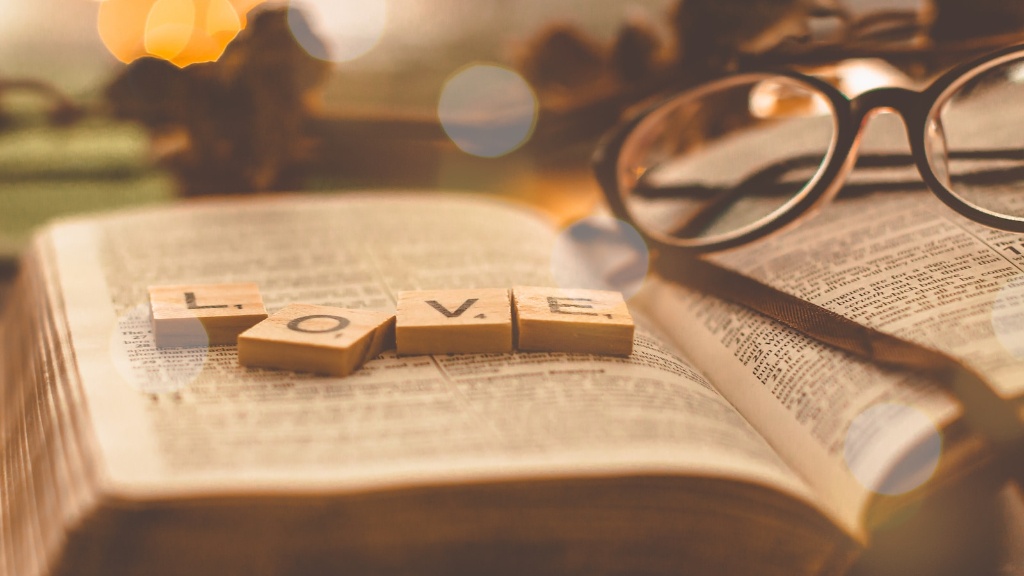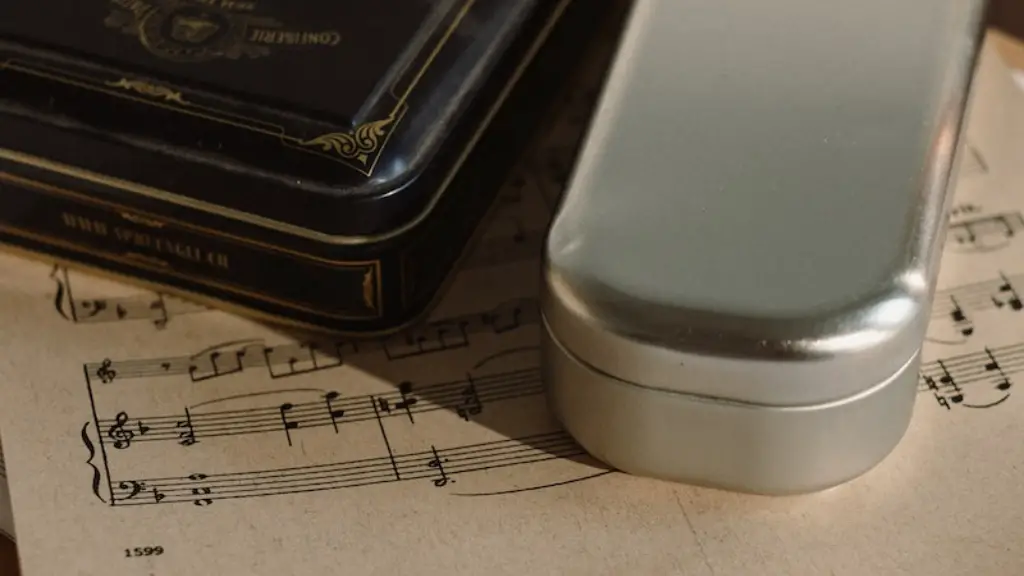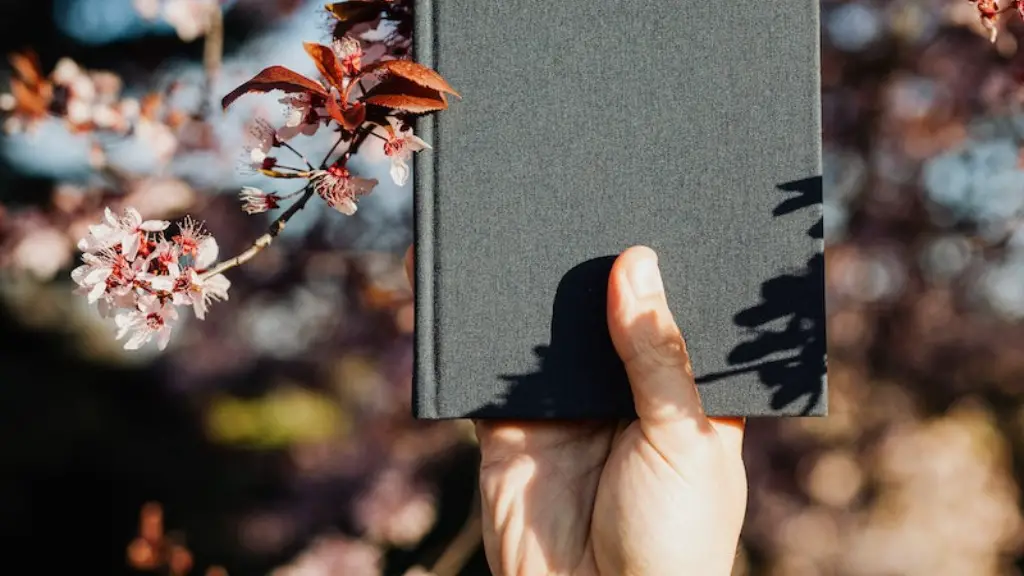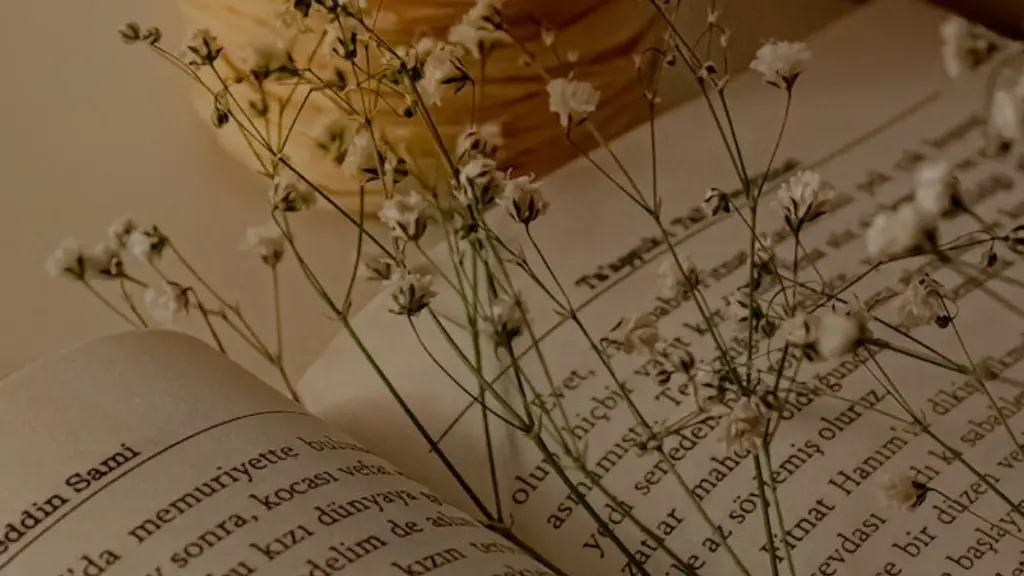How to write slam poetry examples
Slam poetry is a passionate form of expression which has become increasingly popular over the last few decades. It can be poetic, powerful, and provide a powerful form of artistic expression for the author. The idea behind a slam poem is for a person to be able to express their emotions in an impactful way, packing their piece with powerful emotion and creative wordplay. Here, we will discuss the basics of how to write slam poetry, provide examples, and expand on the topic in further sections.
To start with, there are some core concepts to consider when it comes to writing slam poetry. The primary concept is that slam poetry should be written with an emotional resonance. It should make an impact on the reader, be it a powerful journey of personal story or an abstract idea. Additionally, good slam poetry examples should be creative, containing allusions, puns, wordplay, and vivid imagery.
When it comes to the mechanics of forming the poem, there are a few methods of composition that should be kept in mind. One tried and tested method is to try and tell a story within the poem but unlike writing a short narrative, try to write it in a powerful, emotionally resonating way. Additionally, try to create a structure for the poem. Put space between lines for pauses to create a more dramatic effect, use metaphor and allusions to make the poem to come alive and convey the emotion more clearly. Similarly, try to make use of rhyme but do not get exaggeratedly caught up in it as this can lead to over-simplification of topics.
To make the creation of a slam poem smoother, it is beneficial to make sure the poem is easy to understand. To do this, make sure to define any unfamiliar terms and ideas you may use. Additionally, use concise language that gets to the point without sacrificing creative play.
Wordplay and Style
Another core aspect of slam poetry examples is that of wordplay and style. Particularly, refrain from using overly academic language and use simpler language to make the poem accessible to a broader audience. Similarly, look to use alliteration, puns and double meanings of phrases to add an extra layer of playfulness to the poem.
Alternatively, the use of assonance and puns can add a powerful effect. For example, look to play with the sound and structures of words. Look to use homophones to create double meanings, use metaphors that run for the entirety of the poem, and use powerful and emotionally resonating words.
The idea is to create a powerful atmosphere and a sense of movement within the poem. To do this, try to be creative when it comes to the words you select. Furthermore, look to use stressed and unstressed syllables to create an even rhythm throughout your poem.
Metaphors and Allusions
Another key element in writing slam poetry that should not be discounted is the use of metaphors and allusions. Metaphors can be used to effectively describe what a person may be feeling or an abstract concept without the need of in-depth explanation or analysis. Similarly with allusions, these can be used for a more complex exploration of the topic at hand.
When making use of allusions, it is useful to think about the effect the allusion could have on the audience and consider how much of the context is necessary for the allusion to be understood. Additionally, try to avoid including only a single allusion and instead use a few different allusions to create a more powerful composition.
Furthermore, when it comes to metaphors, make sure these also have a clear purpose and consider whether a metaphor can truly illustrate the emotion you are looking to convey. Whatever the approach, make sure to be creative and paint vivid imagery through the use of metaphors and allusions.
Construction
The way the poem is constructed is another key concept to consider when writing slam poetry. It is important to remember that the poem should have a clear and well-defined beginning, middle and end. This coupled with the above mentioned emphasis on rhyme and rhythm will help create a powerful and emotionally driven poem.
Moreover, as mentioned earlier, attempt to structure the poem and space the lines out in order to differentiate between statements and create a more powerful atmosphere. Additionally, where relevant try to consider the physical aspects of the poem. For example, if the poem is to be read aloud for a slam poetry competition, consider the physical actions the reader could make in order to make a more powerful impact.
Analysis and Imagery
The analysis and imagery of your poem is also important when constructing a slam poem. Look to make sure the imagery used is vivid and resonates with the reader. Similarly, consider the use of symbolism when creating the poem, look to use it creatively in order to further convey your message.
Moreover, it is beneficial to look toanalyse and critique the poem after you have written it. Look for ways to refine it, question the metaphors and allusions used and make sure the poem can effectively depicted the emotion you were looking to convey. What’s more, look for any potential improvements or changes you could make in order to improve the poem.
Conveying Emotion
The main aim of most slam poetry pieces is to effectively convey an emotion. In order to achieve this, make sure to be as specific and detailed as possible when creating the poem. Furthermore, make use of adjectives to ensure the message being conveyed is as clear as possible. Additionally, generalizing may also be beneficial, here, look to use terms that could be applied to many people or a broad range of topics.
What’s more, it might also be useful to look to the personal experiences of yourself and others when writing the poem. This may help to ensure the poem resonates emotionally with the reader and that the poem could be related to. Furthermore, it is beneficial to remember when writing the poem that it should not be too over-excusive, allowing the poem to resonate beyond your own personal situation.
Examples of Slam Poetry
When first starting out, it can be helpful to look at examples of slam poetry for inspiration. With this in mind, below are a few of the great poems from the history of slam poetry.
“Common Grammar” – Saul Williams
My language is the scars from blades of grass
Dancing in haiku, Samurai swing rap swashbuckling
My language is the measure of heart tapping in tarradiddles
The beat of a freeway, the buzz of an engine
My language is an ever-growing tree
Held within each bud is a new epiphany
My language is the energy beneath the feet
The instruments that march to a forgotten melody
My language, the prayers of those who’ve been extolled, looted and sold
“Public Apology” – Buddy Wakefield
This next one goes out to a city, my imaginary 24/7
Twenty eight million in the sky, who’ve suffered as I’ve grown
Because I can’t protect you from my pains, from the words I spit
That strike the windows of your home and become a part of your history
I’m more sorry when I saw my face, rise from the sea of fiction
That I’ll never in my life be able to apologize enough for my addiction
Conclusion
Slam poetry is a powerful form of expression which has become increasingly popular over the past few decades. It can be used to express ideas and emotions as well as to tell stories with a powerful, emotionally resonating message. To write slam poetry that has an impact it is important to consider the use of powerful words, metaphors, allusions, rhythm, and structure. Additionally, it is important to make sure that the poem is accessible to the average person with an understanding of basic language and concepts. In the above we discussed how to craft a powerful and emotionally resonating slam poem, providing examples of great slam poems.





